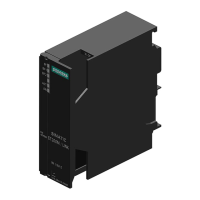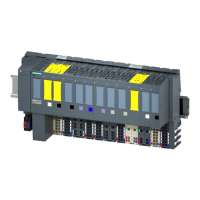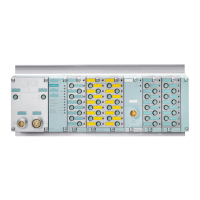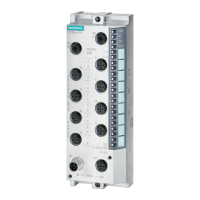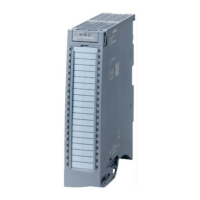Programming
4.3 Time-based IO
High-precision input/output with Time-based IO
48 Function Manual, 08/2014, A5E33454822-AB
In normal operation, the instruction sends the process data (AA_Data) to an IO-Link Device.
The output data AA_Data are activated at the time defined at the input parameter
TimeStamp.
You connect the input TIO_SYNC_Data with the output of the same name of the TIO_SYNC
instruction. This ensures a shared time basis.
You start an output job with a positive edge at the "REQ" parameter. You can only start a
new job when there is no error pending and no job is active. When starting the output job,
the AA_Data (bit 0, 1) are activated on the IO-Link Device at a time defined by TimeStamp.
The job is done when the last application cycle is executed before the output time is reached
(Done). Status and Error are constantly being updated during the job runtime.
Note
Once the job has been started with a positive edge, you can adapt the output time with the
input of a new TimeStamp without having to restart the job.
If the adapted time stamp is
less than 16 ms before the output time
- TIO_Time < 16), the last valid time stamp is used.
If you specify the value 0 as TimeStamp, the output is written directly with the data specified
at the input AA_Data. This gives you the option to implement a direct control from the TIO
module without time stamp in manual mode. You can use the direct control to interrupt an
ongoing job.
The Error output indicates if the instruction was processed correctly. The reasons for the
errors are displayed at the Status output.
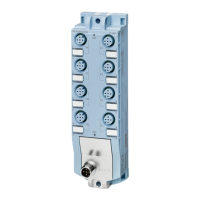
